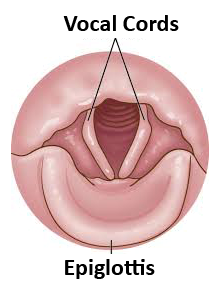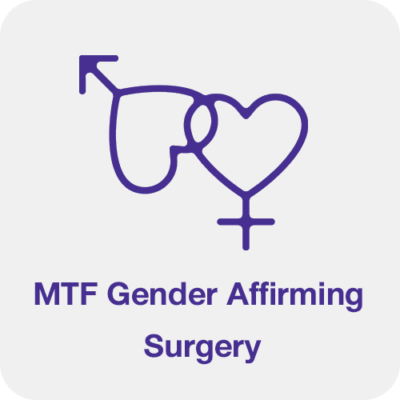Feminizing voice surgery
Human voice is golden because we use it every single day to communicate with others, create beautiful music and a way to understand one’s emotions or feelings. We laugh, scream, shout or cry using our voice. The voice does not only serve as a channel to connect with people, it is also a unique way of determining a person’s age or gender. This makes the human voice so complex, but how does it works?
Your voice is a product of these three main sources: A power source (your lungs) where the air coming in and out of the lungs gives energy to the vocal chords in the voice box to create a sound.
A sound generator (our vocal chords) consisting of two vocal folds that vibrates (moving back and forth) with the passing airstream creating a sound.
A resonator (throat, nose, mouth, nasal passages) amplifies the voice and make it distinct and recognizable from one person to another.
By merely hearing someone speak, you can immediately distinguish if that person is a man or a woman thus making the voice a significant gender marker and equally important to gender reassignment surgery and facial feminization for a male to female Transgender.
Differences in a man and a woman’s voice
Larynx
Pitch
Vocal Folds Length
Vocal Tracts
Men
Large
Low
17-25 m
Large
Woman
Small
High
13-17 mm
Small

In general, men have larger larynx and vocal tract result in lower pitch while women have smaller larynx result in higher pitch. Since female hormone replacement and voice therapies can only do little in feminizing the voice, most male to female transgenders seek surgical remedy to complete their transition.
There are many surgeons all over the world who operate feminizing voice surgery but finding for a specialist and deciding on what technique to choose can be very crucial. This is why Chettawut Plastic Surgery Center developed a partnership with Dr. Premsuda Sombuntham MD, a board-certified ENT laryngologist who specialized in feminizing voice surgery (Feminization laryngoplasty).
Dr. Premsuda utilizes anterior web formation technique which involves the dissection of the anterior portion of vocal fold membrane and suturing out vocal fold muscles to shorten vocal fold’s size.
According to recent studies, this procedure provides the most reliable result to change a low pitch (masculine voice) into a higher pitch pattern (feminine voice) with natural quality.
The anterior web formation technique does not affect the integrity of voice box framework so singing with stable and natural pitch is possible after surgery.
During general anesthesia with special technique of intubation, the anterior web formation is done precisely under ENT microscope for permanent thinning of the vocal folds.
Since the vocal folds are approached intra-orally with special instruments, there will be no scar or incision on the neck skin.

Dr. Premsuda recommends 1 full month stay in Thailand in order to complete the whole process which includes:
– Pre-operative assessment by strobolaryngoscopy
– Feminizing voice surgery done under GA (general anesthesia) as inpatient basis with one night admission at the hospital
– Recovery in one of our three affiliated hotels where the nurse team will come to visit and provide necessary care/advise daily (except Sundays)
– Post-operative evaluation by strobolaryngoscopy
For patients who plan to have multiple procedures in addition to feminizing voice surgery in one trip, Dr. Premsuda prefers to perform the feminizing voice surgery separately from the other procedure/s done by Dr. Chettawut due to the difference in intubation technique during general anesthesia. The suitable surgery dates will be decided by the medical team based on the patient’s total stay in Thailand.
Speech Progress after Voice Surgery
First week post-operative, you must be on absolute voice rest (no talking, whispering, coughing) for proper healing of the vocal cords.
Second week post-operative, you are allowed to talk and whisper for strictly 5 minutes per hour only. Do not strain to talk but do it effortlessly.
Third week post-operative, you are allowed to talk for 15 minutes per hour.
Fourth week post-operative, you can talk normally but no screaming or shouting.
Sixth week post-operative, you can shout and sing.
Improvement on your pitch will be noticeable after sixth week post-operative but you are expected to experience a cracking voice until 10 weeks post-op.
Before leaving Thailand, you will undergo a thorough post-operative evaluation by strobolaryngoscopy.
Further instructions will be given during this time including the plan to attend a voice training with a speech therapists in your area. A voice therapy is a significant step to practice and enhance the result of voice feminization surgery.









